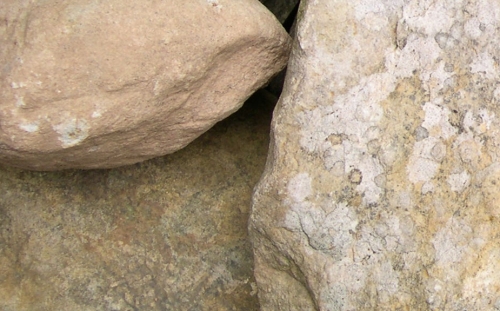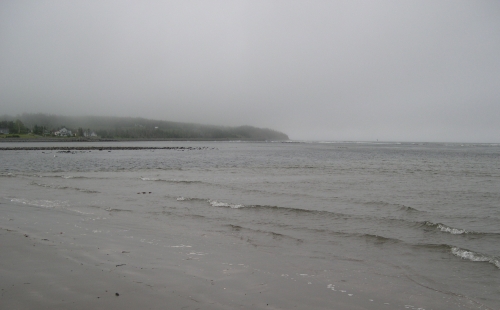Summer spills her golden days,
Upon the earth in lust displays.~ Nora Bozeman

Warm August days bring forth blooms of a yellow color that weren’t noticeable on the landscape a few weeks ago. These cheerful flowers have a golden glow that mimics the bright summer sun.
Black-eyed Susans (Rudbeckia hirta) are native to North America and are desirable in gardens for their bright color and quality of low-maintenance. They’ve been used by native people to treat a variety of ailments from snake bites to earaches. These yellow daisies have a flat open design that is especially attractive to butterflies.

Evening-primroses (Onagraceae) open at sunset and close by noon the following day. Also known as sun cups, they are pollinated by moths that fly from flower to flower during the night hours. The young shoots of this plant can be eaten in a salad while the roots can be cooked and eaten as a vegetable. Yet another name for this plant, King’s Cure-all, reveals its myriad medicinal uses, from pain-relief to cough suppression.

I haven’t had any luck identifying the plant with light yellow flowers shown above. It grows profusely along the Salt Marsh Trail. Does it look familiar to anyone?
Update August 6th: I’ve discovered that this plant is most likely Sea Radish which is in the Mustard family (cruciferae).

Canada Hawkweed is also a native plant, found growing along roadsides and railway tracks. Since the trail along the salt marsh follows the old Blueberry Express train track, it’s no surprise that it’s found along there. Rough Hawkweed, which has hairier stems, grows in my lawn in early July. Usually considered a weed, it derives its name from the old belief that it was eaten by hawks to improve their eyesight.

A few Golden Rod plants are in bloom along the Salt Marsh Trail but not yet in my yard. Ever since I was a child, their blooming has been a sign for me that the summer was winding down. There are numerous varieties of this plant. Larger ones have very rigid stalks and can grow several feet tall.
Take time this month to drink in the beauty around you. If you don’t have a garden of your own, take an extra bit of time to enjoy the flowers growing freely along roadsides. Enjoy these golden days because…
Summer’s lease hath all too short a date.
~ William Shakespeare








 As a child I often picked bouquets of daisies but found it difficult to find any that weren’t a magnet for tiny insects. They are a favorite with bees and beetles.
As a child I often picked bouquets of daisies but found it difficult to find any that weren’t a magnet for tiny insects. They are a favorite with bees and beetles.




